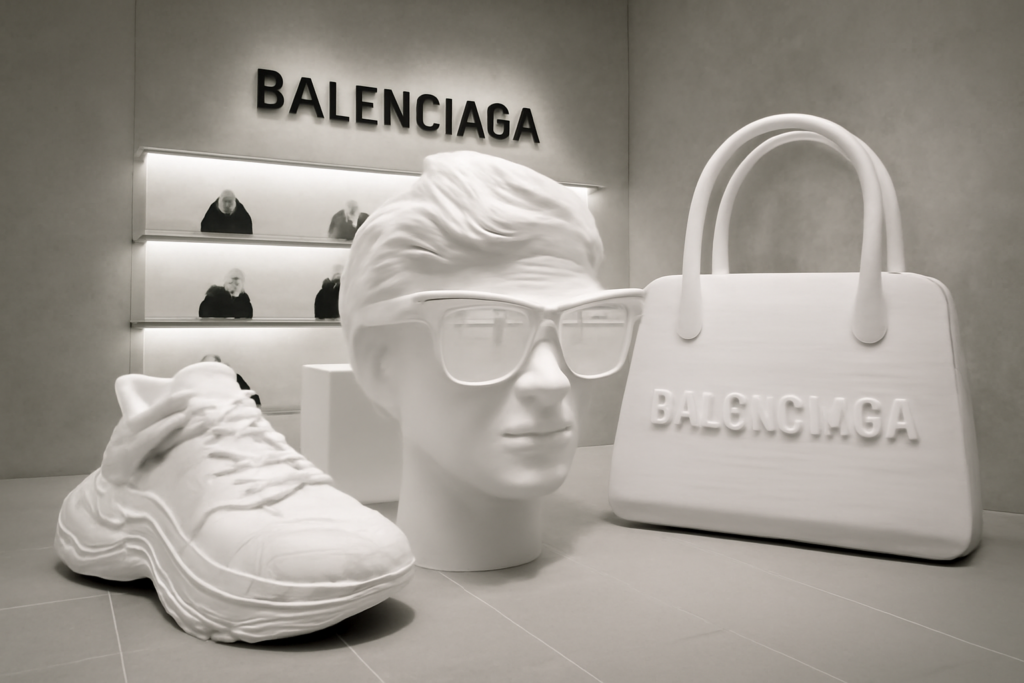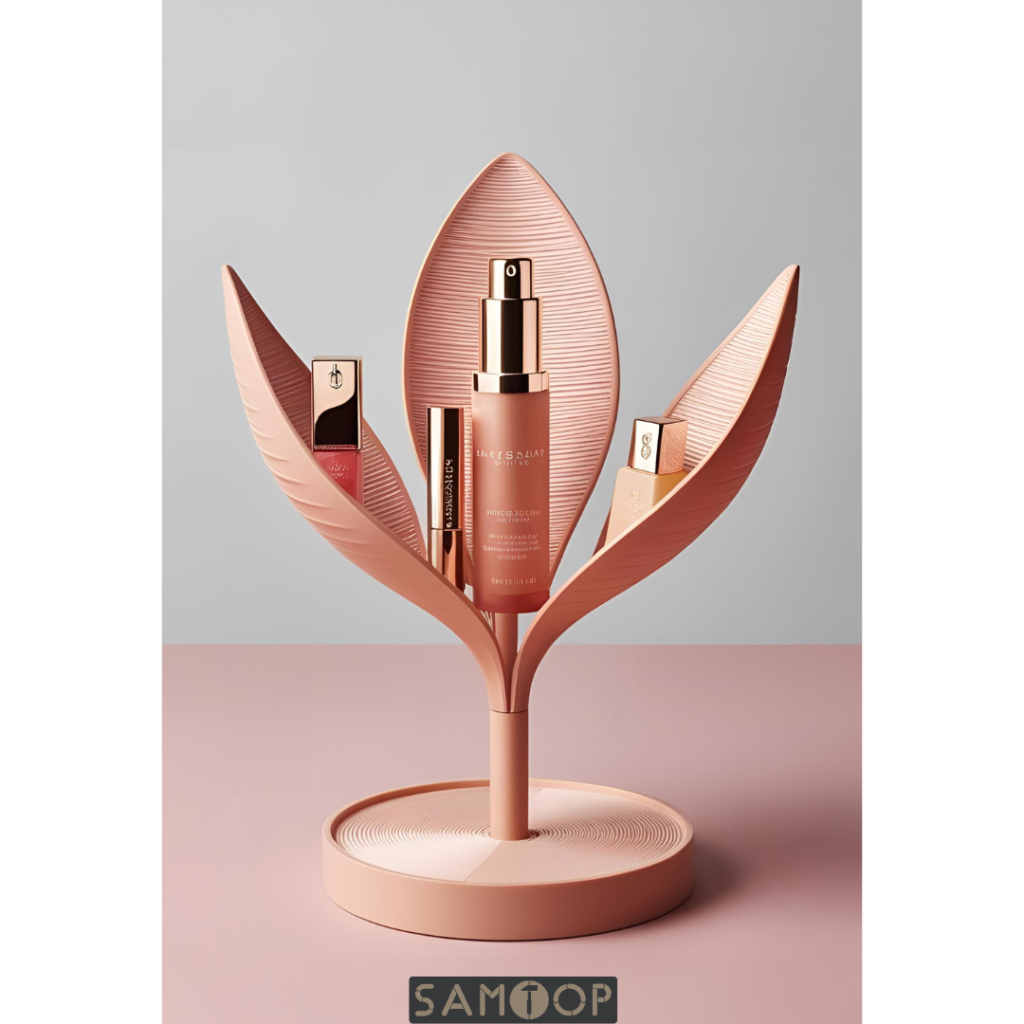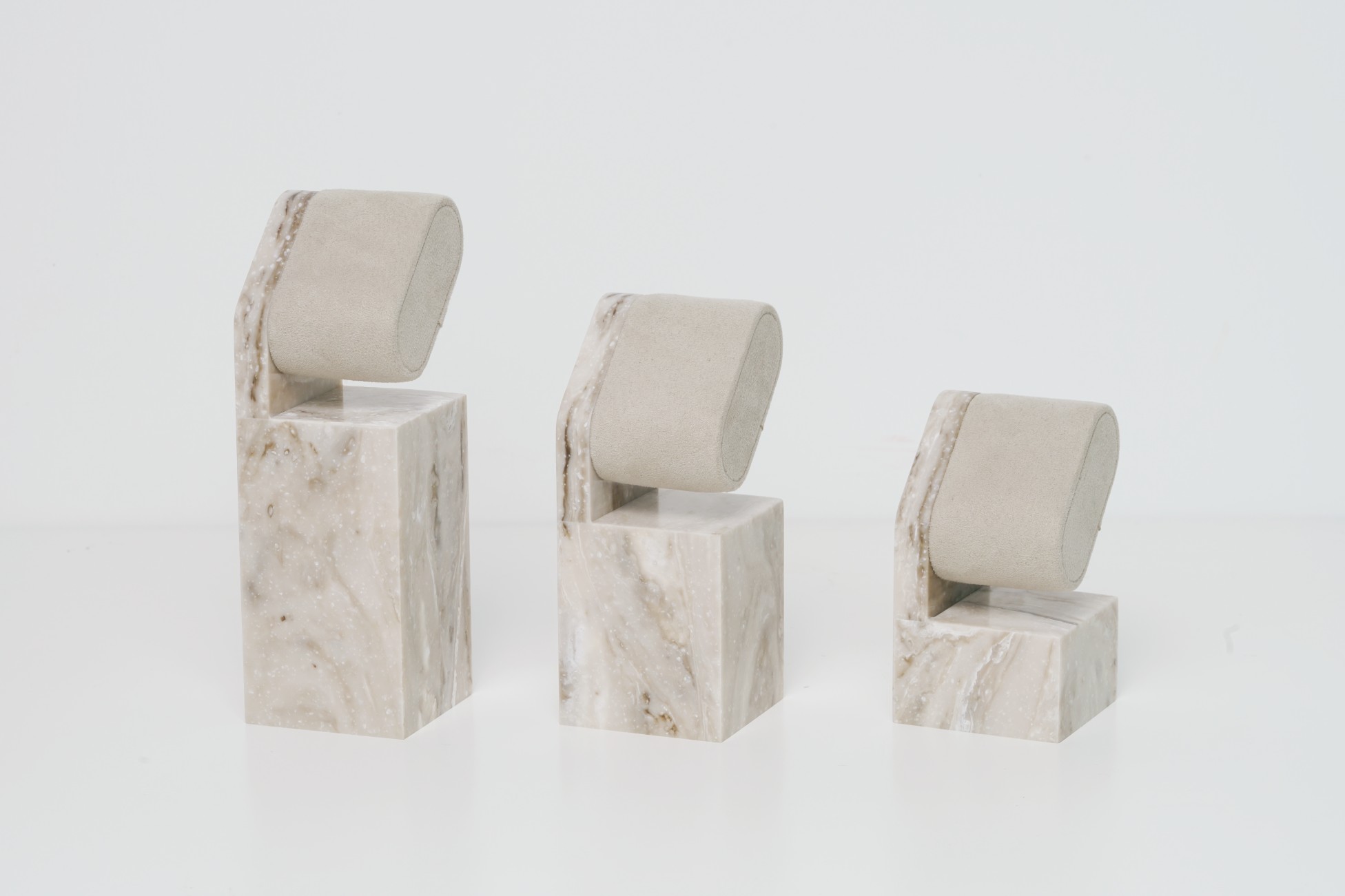By Yan Luo | Samtop Display
Choosing the right 3D printing material is essential for creating strong, visually appealing, and cost-effective retail displays. From PLA and ABS to carbon fiber and stainless steel, this guide compares the top materials based on strength, finish, flexibility, and sustainability to help you find the best fit for your next project.

🌍 Why Material Matters in Retail Display Design
Material selection affects everything — strength, weight, eco-credentials, finish, and of course, cost. 3D printing brings unmatched freedom, but choosing the right material is what makes your visual merchandising truly successful.
🧪 1. PLA (Polylactic Acid)
Properties:
- Strength: Moderate (non-load bearing)
- Finish: Smooth, matte; paintable
- Flexibility: Rigid
- Eco: Biodegradable and sustainable
Best for: Eco-friendly POS displays, signage, holders
Example: A sustainable fashion brand creates signage using PLA, aligning with their low-carbon mission.
🧪 2. ABS (Acrylonitrile Butadiene Styrene)
Properties:
- Strength: High, durable
- Finish: Glossy, polishable
- Flexibility: Slight flexibility, impact resistant
- Heat Resistance: High
Best for: Tech product holders, modular shelves
Example: An electronics store uses ABS display blocks to showcase smartphones with durable engagement.

🧪 3. Nylon
Properties:
- Strength: Excellent tensile and impact strength
- Finish: Matte, lightly textured
- Flexibility: Very flexible
- Durability: High wear resistance
Best for: Shelving, modular displays, interactive fixtures
Example: A sportswear retailer uses nylon shelves in-store due to their long-lasting and high-traffic durability.
🧪 4. Stainless Steel
Properties:
- Strength: Exceptional
- Finish: Polished, brushed, or matte metallic
- Flexibility: Rigid but impact resistant
- Corrosion Resistance: Excellent
Best for: Luxury display bases, high-end store fixtures
Example: Jewelry brand creates mirror-polished display stands for watches and bracelets, reinforcing luxury.
🧪 5. Aluminum
Properties:


